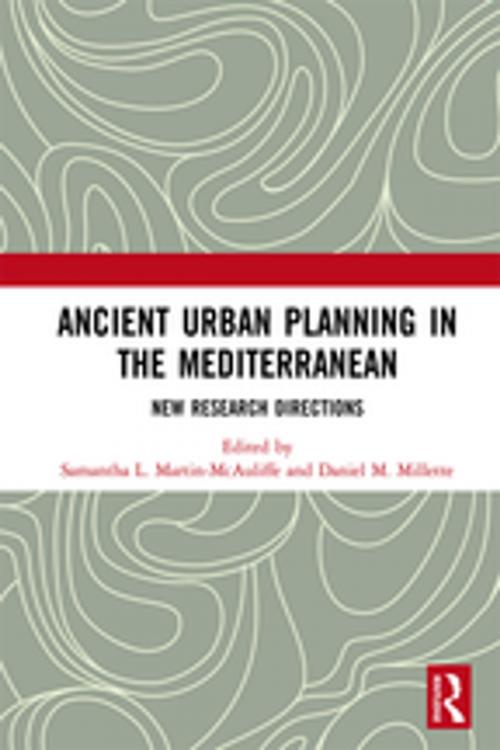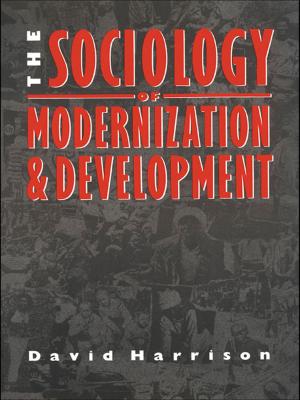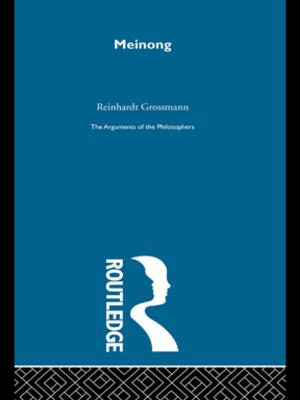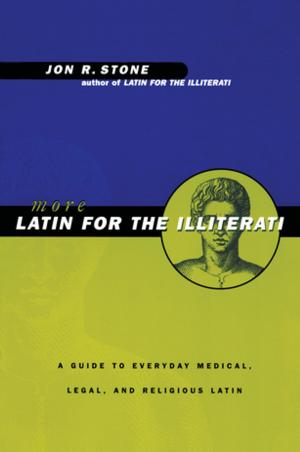Ancient Urban Planning in the Mediterranean
New Research Directions
Nonfiction, Art & Architecture, Architecture, Planning| Author: | ISBN: | 9781317181323 | |
| Publisher: | Taylor and Francis | Publication: | December 6, 2017 |
| Imprint: | Routledge | Language: | English |
| Author: | |
| ISBN: | 9781317181323 |
| Publisher: | Taylor and Francis |
| Publication: | December 6, 2017 |
| Imprint: | Routledge |
| Language: | English |
New Directions in Urban Planning in the Ancient Mediterranean assembles the most up-to-date research on the design and construction of ancient cities in the wider Mediterranean. In particular, this edited collection reappraises and sheds light on ’lost’ Classical plans. Whether intentional or not, each ancient plan has the capacity to embody specific messages linked to such notions as heritage and identity. Over millennia, cities may be divested of their buildings and monuments, and can experience periods of dramatic rebuilding, but their plans often have the capacity to endure. As such, this volume focuses on Greek and Roman grid traces - both literal and figurative. This rich selection of innovative studies explores the ways that urban plans can assimilate into the collective memory of cities and smaller settlements. In doing so, it also highlights how collective memory adapts to or is altered by the introduction of re-aligned plans and newly constructed monuments.
New Directions in Urban Planning in the Ancient Mediterranean assembles the most up-to-date research on the design and construction of ancient cities in the wider Mediterranean. In particular, this edited collection reappraises and sheds light on ’lost’ Classical plans. Whether intentional or not, each ancient plan has the capacity to embody specific messages linked to such notions as heritage and identity. Over millennia, cities may be divested of their buildings and monuments, and can experience periods of dramatic rebuilding, but their plans often have the capacity to endure. As such, this volume focuses on Greek and Roman grid traces - both literal and figurative. This rich selection of innovative studies explores the ways that urban plans can assimilate into the collective memory of cities and smaller settlements. In doing so, it also highlights how collective memory adapts to or is altered by the introduction of re-aligned plans and newly constructed monuments.















